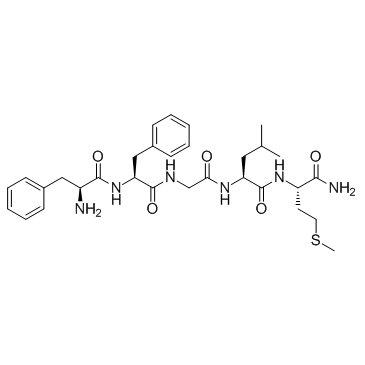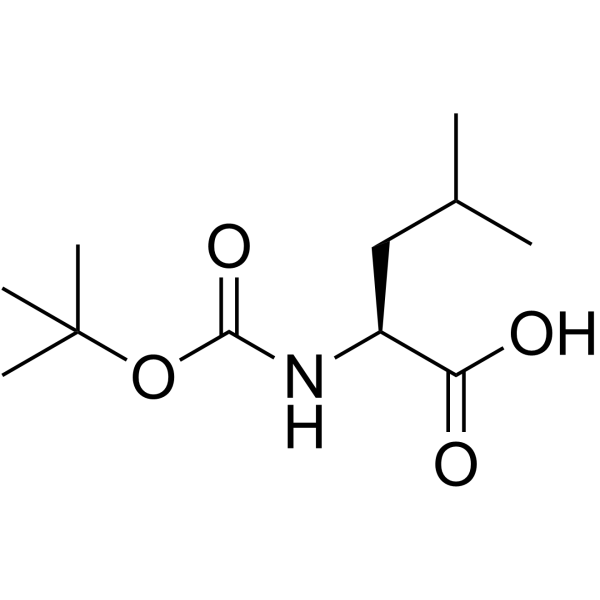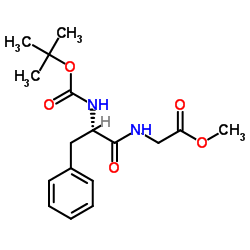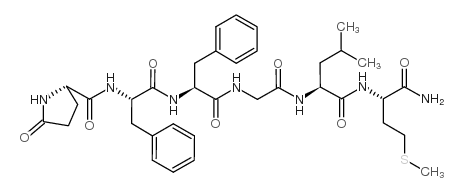51165-05-0
| Name | N-(1-amino-4-methylsulfanyl-1-oxobutan-2-yl)-2-[[2-[[2-[(2-amino-3-phenylpropanoyl)amino]-3-phenylpropanoyl]amino]acetyl]amino]-4-methylpentanamide |
|---|---|
| Synonyms |
Substance P (7-11)
Penta-Substance P Phe-Phe-Gly-Leu-Met-NH2 SUBSTANCE P,Fragment 7-11 2-{2-[2-(2-amino-3-phenylpropanamido)-3-phenylpropanamido]acetamido}-N-[1-carbamoyl-3-(methylsulfanyl)propyl]-4-methylpentanamide H-Phe-Phe-Gly-Leu-Met-NH2 |
| Description | Substance P (7-11) is a C-terminal fragment of Substance P which can cause an increase in the intracellular calcium concentration. |
|---|---|
| Related Catalog | |
| In Vitro | Substance P (7-11) increases PGE2 and collagenase production at concentrations greater than 1 μM. Substance P (7-11), but not intact SP, SP-(1-4), SP-(1-6), SP- (8-11) or SP-(9-1 1), nor the tachykinins NKA and NKB, causes an increase in the intracellular calcium concentration as measured by the fluorescent dye Fura-2. The maximal change in intracellular calcium induced by 10 μM Substance P (7-11) was 140±30 nM[1]. |
| Cell Assay | Confluent chondrocytes are incubated for 24 h with SP or Substance P (7-11). TIMP activity is inactivated following reduction and alkylation with 2 mM dithiothreitol and 5 mM iodoacetamide for 30 min at 37°C. Samples are subsequently dialysed. Latent collagenase is activated with 1 mM APt followed by inactivation with soy bean trypsin inhibitor. Collagenase is measured[1]. |
| References |
| Density | 1.207g/cm3 |
|---|---|
| Boiling Point | 1003.3ºC at 760 mmHg |
| Molecular Formula | C31H44N6O5S |
| Molecular Weight | 612.78300 |
| Flash Point | 560.6ºC |
| Exact Mass | 612.30900 |
| PSA | 210.81000 |
| LogP | 3.61840 |
| Index of Refraction | 1.577 |
| Storage condition | 2-8℃ |
| Precursor 6 | |
|---|---|
| DownStream 1 | |









